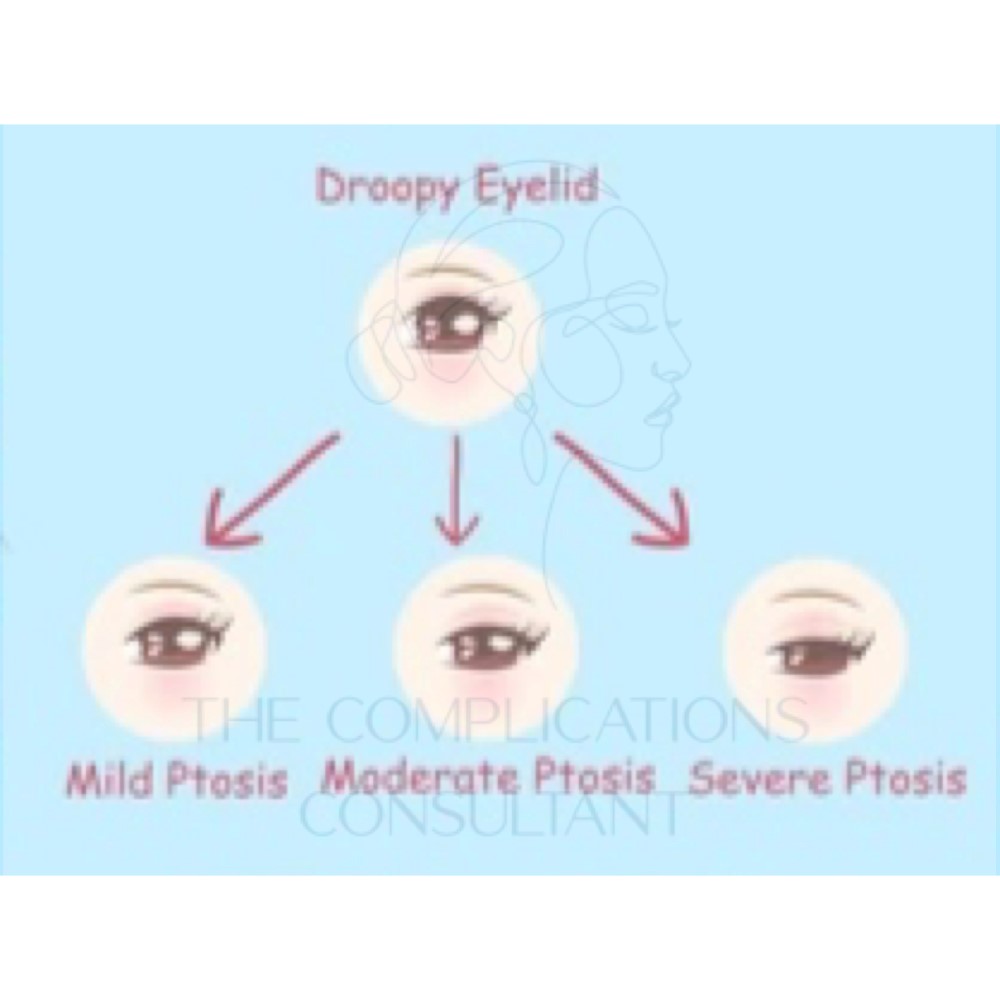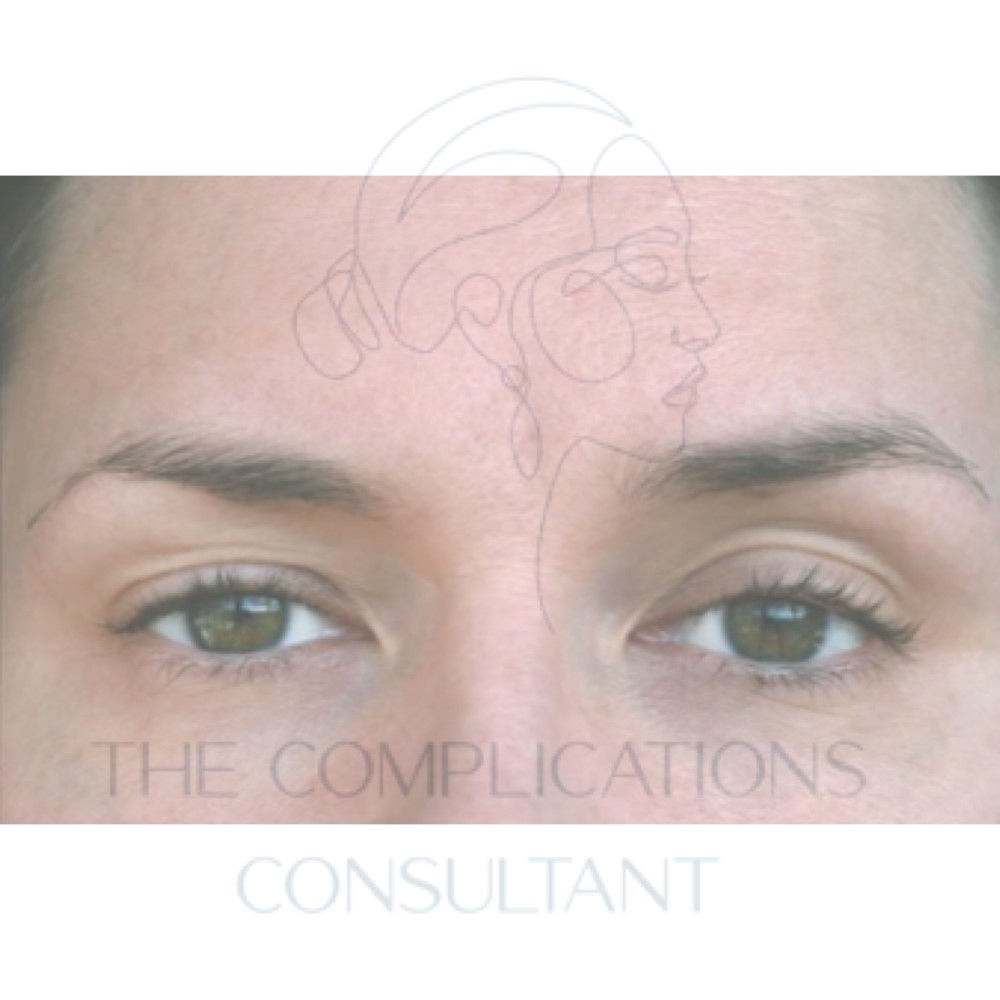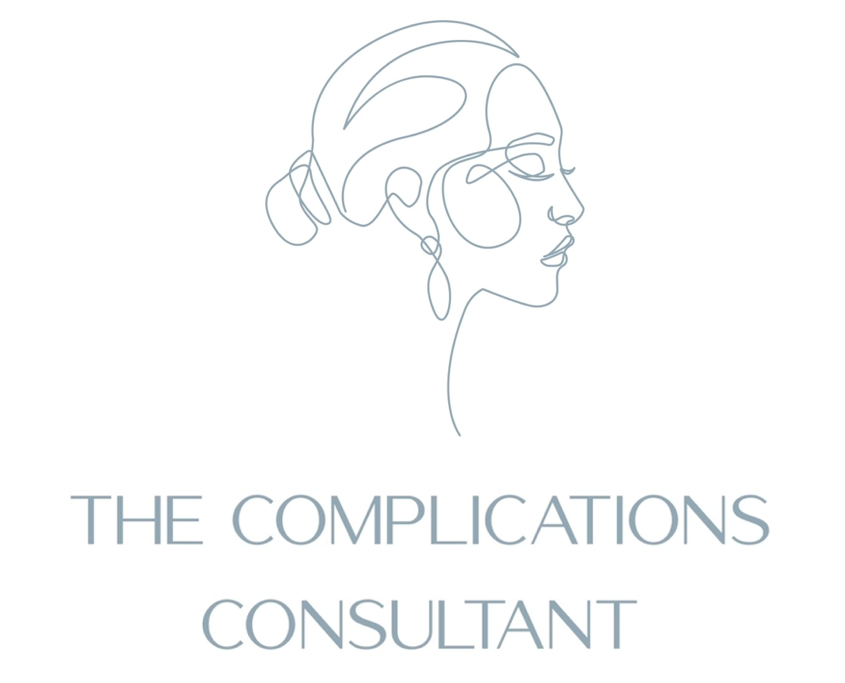Introduction
An eyelid ptosis is one of the most serious side effects of botulinum toxin treatments, it is also relatively common. On initial consideration it is possibly not thought of as high risk, simply giving rise to an unwanted aesthetic appearance. However, the effects of such a complication run far deeper than the appearance of a closed or drooping eyelid.
Effects on the visual field are possible in severe cases as the lid can partially cover the pupil impairing direct vision. This can, in turn, impact day to day living and tasks; driving, working, generally day to day living and that notwithstanding the social implications it may cause from undesired aesthetic.
From a medical legal viewpoint, it can hold big implications to the responsible clinician. Ensuring that correct record keeping, photos, consent and appropriate management has been offered will determine how the case is moved forward.
Appreciating and preventing the cause of this complication, being able to diagnose and manage it, is therefore of the highest importance.


Current data indicates that as many as 1 in every 100 procedures will result in an eyelid ptosis, with the aid of this course we aim to reduce that to around 1 in every 10,000 due to the knowledge you will gain.
Ensuring absorption and retention of, as much of this modules content, will be the best way to do this, pay close attention and take good notes. Going over modules several times in order to retain information on anatomy and injection technique is perfectly reasonable.
Being a great injector is being confident in management when complications do occur, if you can effectively diagnose an eyelid ptosis and differentiate it from a brow ptosis or other medical conditions nonrelated to botulinum treatments, your patient retention should hopefully remain higher, and litigation remain negligible if not non-existent.


